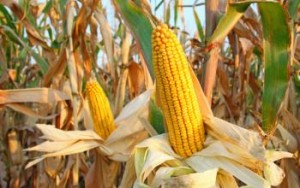Taxpayers Pay $9 Billion in Crop Insurance Subsidies
< < Go Back
How much are taxpayers spending on crop insurance subsidies for farmers? A whopping $9 billion per year, reports Isaac Orr, research fellow at the Heartland Institute.
What is crop insurance? It was a scheme developed by the federal government in the first half of the twentieth century to protect farmers against losses. It was expanded in 1980 when, Orr writes, the federal government started paying one-third of the cost of premiums for farmers. Starting in 2000, the program became even more popular, as the federal government began paying an average of 68 percent of farmers’ premiums.
According to Orr, the program has morphed from a safety net program into an income-support system, even paying farmers sky-high prices for food that they do not grow. As a result, Orr says, the program encourages farmers to plant crops on land that is not likely to be productive, as farmers can receive federal dollars even without production. Reportedly, farmers are turning grazing land into cropland — not because the land is good for crops, but because they are able to profit due to the government subsidies.
Orr urges Congress to reform the program, noting that even a 5 percent reduction in premium subsidies could have saved American taxpayers $400 million in 2012. Reducing those subsidies by a fifth would have saved taxpayers $2 billion.
More From NCPA:




